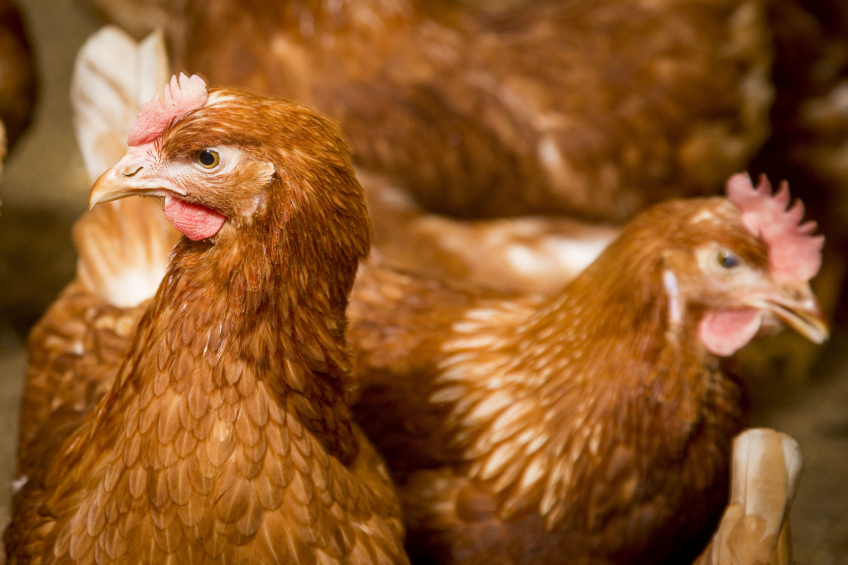Gut simulation model: Exploring poultry bacteria

In order to understand how probiotics and other natural food additives impact intestinal bacteria and thus an animal’s overall health, scientists from Evonik are working on a novel gut simulation model.
The model is designed to biochemically mimic the digestion of chickens throughout the gastrointestinal tract and simulate the effect of feed additives. The project is part of the innovation alliance “Good Bacteria and Bioactives in Industry” (GOBI), which is funded by the German Federal Ministry of Education and Research.
A complete new world
“We are advancing into a completely new world,” says Prof Stefan Pelzer, head of the gut health and diagnostics innovation area in the Animal Nutrition Business Line of Evonik. “The chicken gut simulation model for the first time lets us understand the highly complex interaction of feed and intestinal bacteria in the laboratory and enables us to analyse the interplay of microbes with the immune system.”
Since no adequate analytical model has been available, feed additives have mostly been developed empirically. This means they are fed to live animals in feed studies, followed by observing the effect. “With the new gut simulation model, we can study in the laboratory whether and, if so, which supplements work. We want to find out exactly how they affect an animal’s health and which dose is necessary,” explains Pelzer.
Bioinformatic analyses of intestinal bacteria
Even though the model is a biochemical simulation of the internal processes occurring inside a chicken, it visually has little to do with the animals. The apparatus consists of a sequence of glass vessels that are connected by hoses. Each container includes a milieu representing a specific segment of the digestive tract.
The Group’s own bioinformatics specialists are making a substantial contribution to the research project. They will study the genes of the intestinal organisms and gather information about the abilities of certain bacteria – for example, generating vitamins or processing healthy ingredients from the feed. “Over the coming years, we will study the composition of the intestinal population and analyse millions of genes whose functions are still partly unexplored,” says Dr Jessica Schneider, the head of the Bioinformatics team.
Further details about the work of the Bioinformatics team can be found in Issue 56 of the Evonik innovation magazine, Elements. www.evonik.com/elements.
Join 31,000+ subscribers
Subscribe to our newsletter to stay updated about all the need-to-know content in the poultry sector, three times a week. Beheer
Beheer








 WP Admin
WP Admin  Bewerk bericht
Bewerk bericht